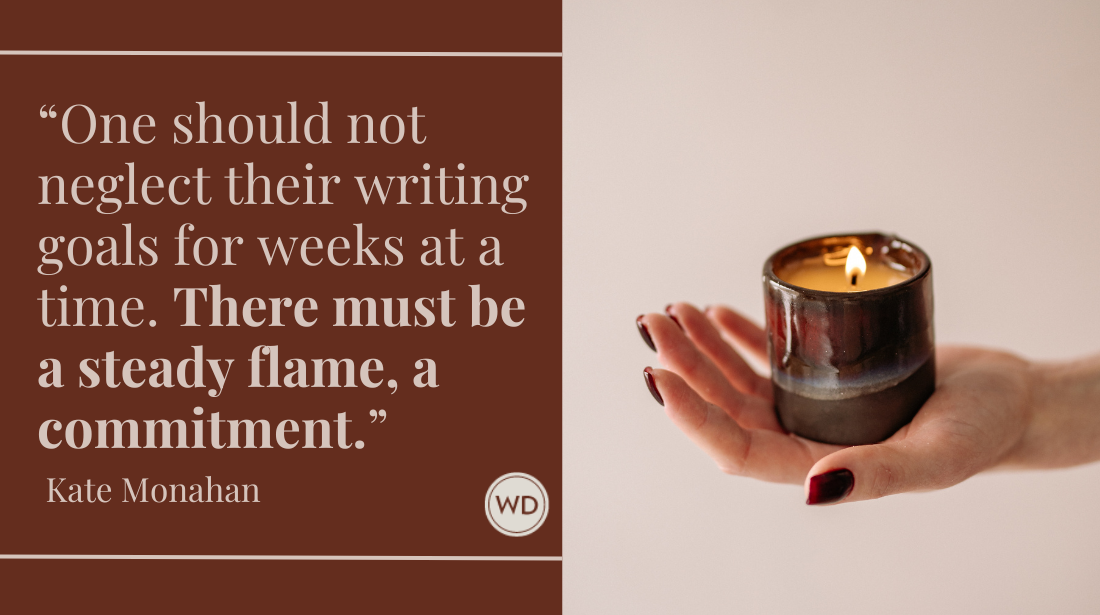Distance makes the heart grow fonder. . . Time Away from the Work
You know how they say that sometimes the best thing is to put the work down, put it away, and not think about it for a while? That time will…
You know how they say that sometimes the best thing is to put the work down, put it away, and not think about it for a while? That time will help, that distance from the piece will allow you to see it with clear eyes? This just seems to be the truest thing in the world to me right now. I just looked at a piece I wrote in early December. I took it out, dusted it off, and read it like a critic. And wow—I was really able to see the holes, the dead ends, the parts that read less genuinely than others. It almost didn’t feel as if it were my own story, but rather a classmate’s, a friend’s. I was merely the reader, the one willing to soak in the story and offer constructive criticism. This was great! The ability to finally be both the writer and the critic. This has never come naturally for me. I wasn’t always able to remove myself, step back, and read with a critic’s eye. I’d latched onto my darlings like you wouldn’t believe. But something has happened. Is it age? Experience? Did I finally heed that old rule, really pay attention to it by allowing ENOUGH time between writing and revising? But how much time really is enough? It seems some people can put work aside for a night, a day, a week, and still revise honestly and ruthlessly. I think I need more time. I need to forget about the work in order to then be surprised by it.
And so what now? Here’s what I noticed about my piece: There was no real present action. No thread strong enough to really drive the story forward. The characters needed more developing. The story begged for more physical description, especially scenic description. Look at me! Here I am, knowing exactly what this story needs. Or, at least, knowing what the first round of revisions entails. Frank O’Connor said, “I don’t care what the writing’s like [at this stage], any sort of rubbish. It’s the design of the story which is the most important.” This rings so true. Before, I seemed to be taken, wooed, by the first draft, it was my greatest love! The making it up part. The rush of creation. I hated the revision process, the time dedicated to designing the story. I hated putting my critic’s hat on, strategizing how the puzzle fit together. But now I feel differently. I’m excited about the challenge of designing it, locking it together in a way that makes it work.
A professor once recommended we write everything down. That we take detailed notes about every revision choice. Another piece of advice that is finally sticking. Writing it down is essential. It’s like making a list before going to sleep at night—it clears your head, organizes your thoughts, and allows you to move forward.
And now I am off to make those changes: to add the way the sky bled during the sunset, how her skinny arms shook as she bailed out the boat. I will write about the gentle way her father took her hand, about her crooked bangs she cut herself. There needs to be more dialogue. Less flashbacks. I’m excited to cut and add, to take my time with sentences, to slow down and solve this puzzle. This time away has not only made me see more clearly, but it has refreshed the creative well, drummed up some much needed excitement.
How much time away from a piece works best for you? What does it take for you to put on your critic's hat?
“Writing is a kind of free fall that you then go back and edit and shape.”
-Allan Gurganus
photo credit:Communication Currents








